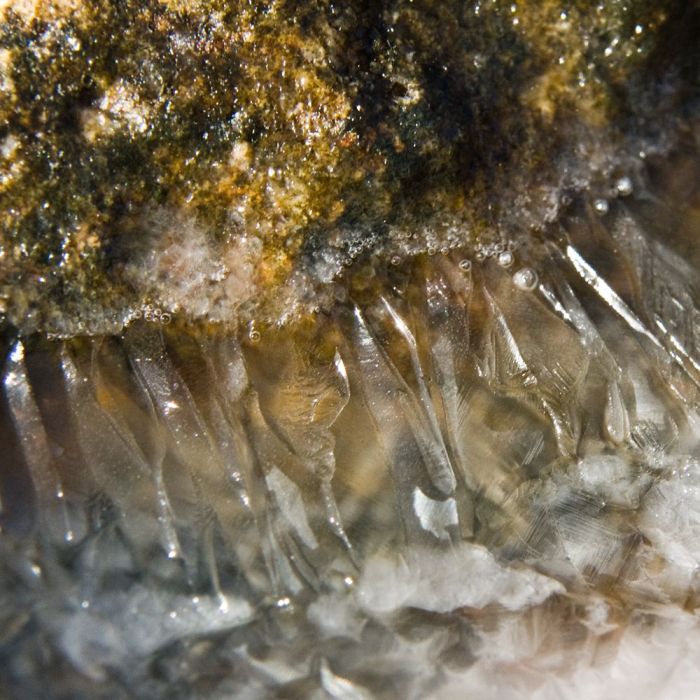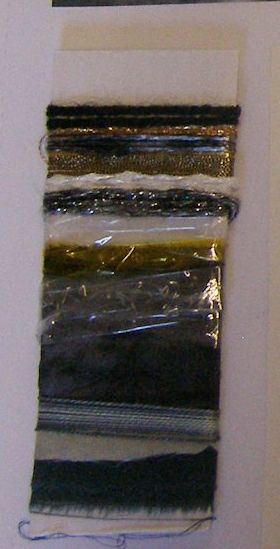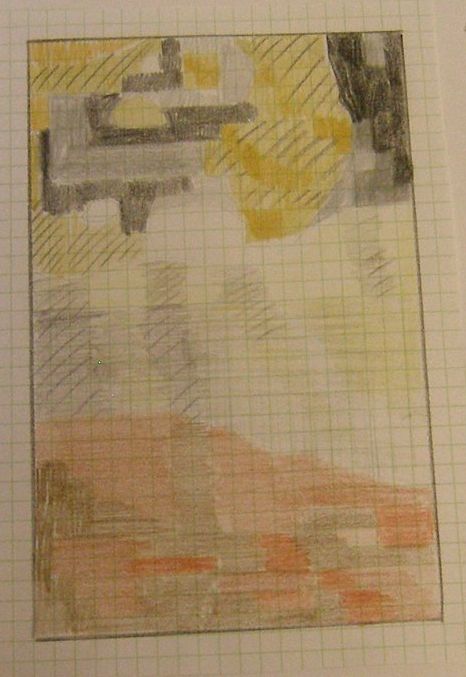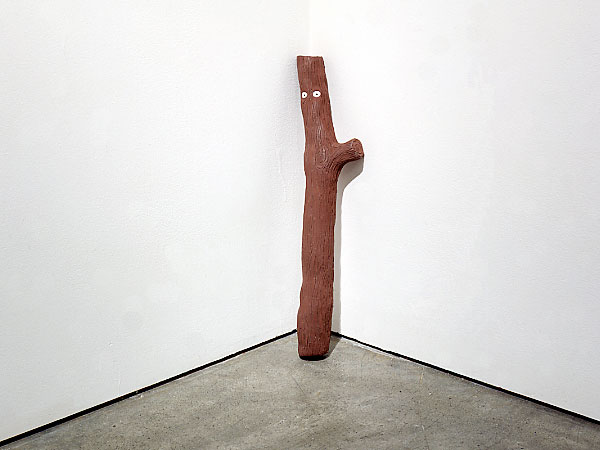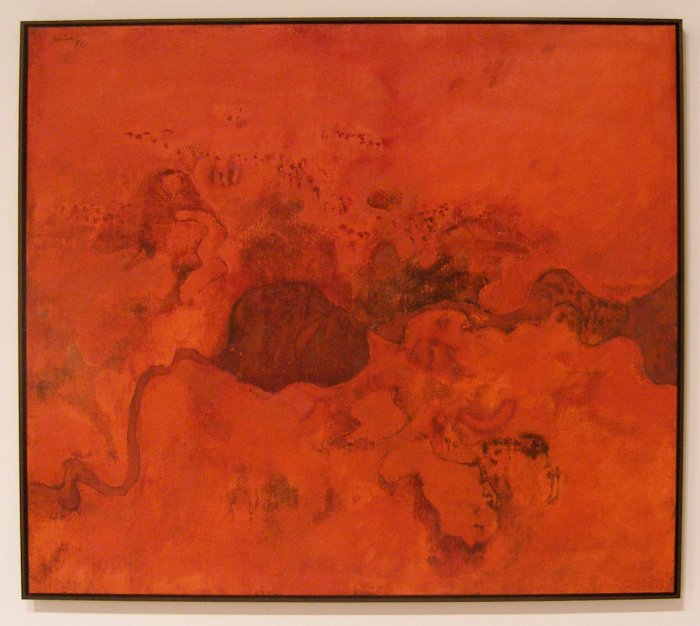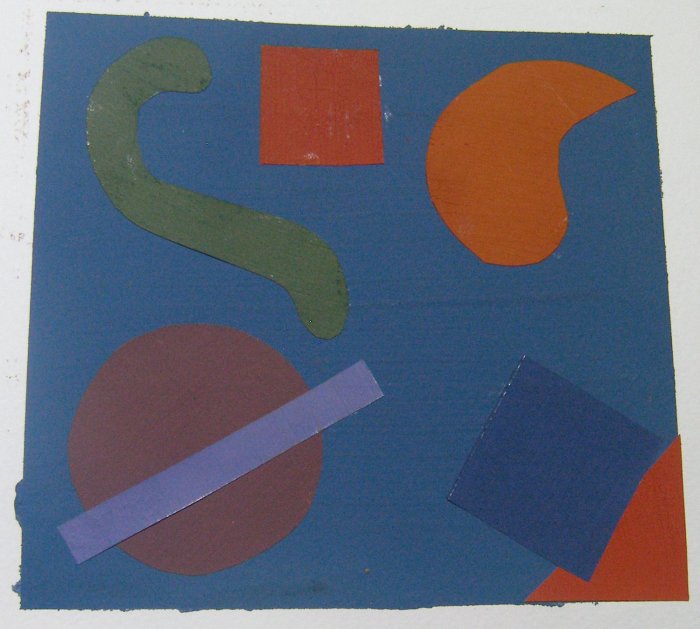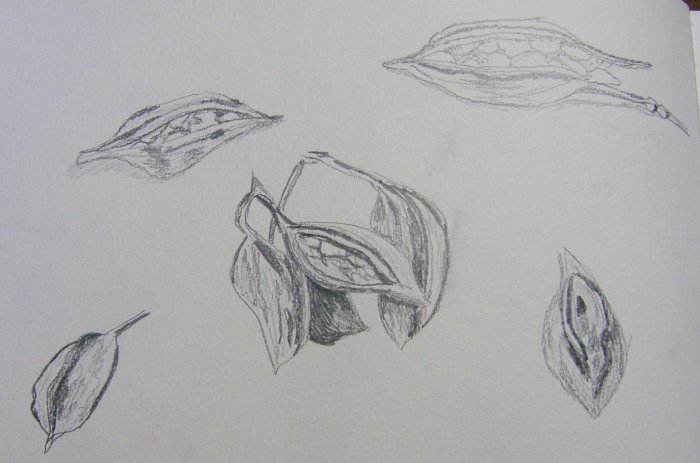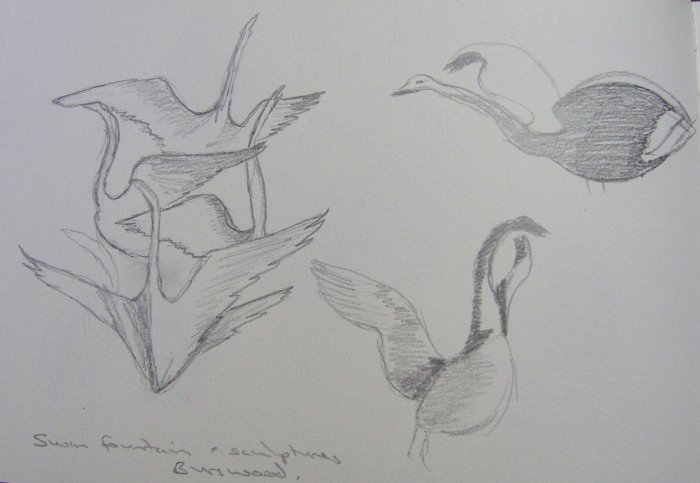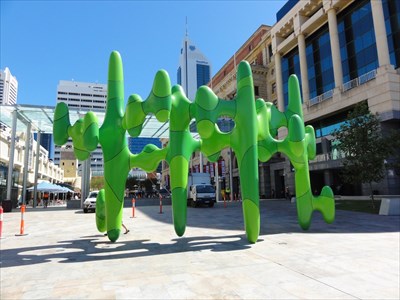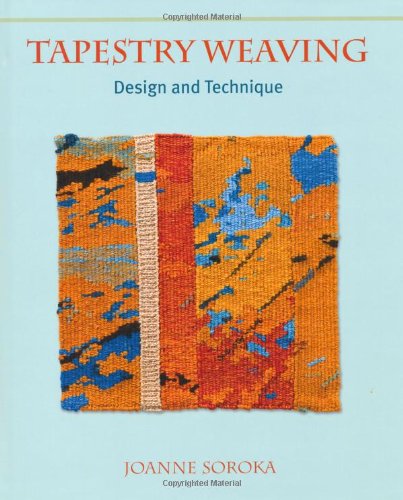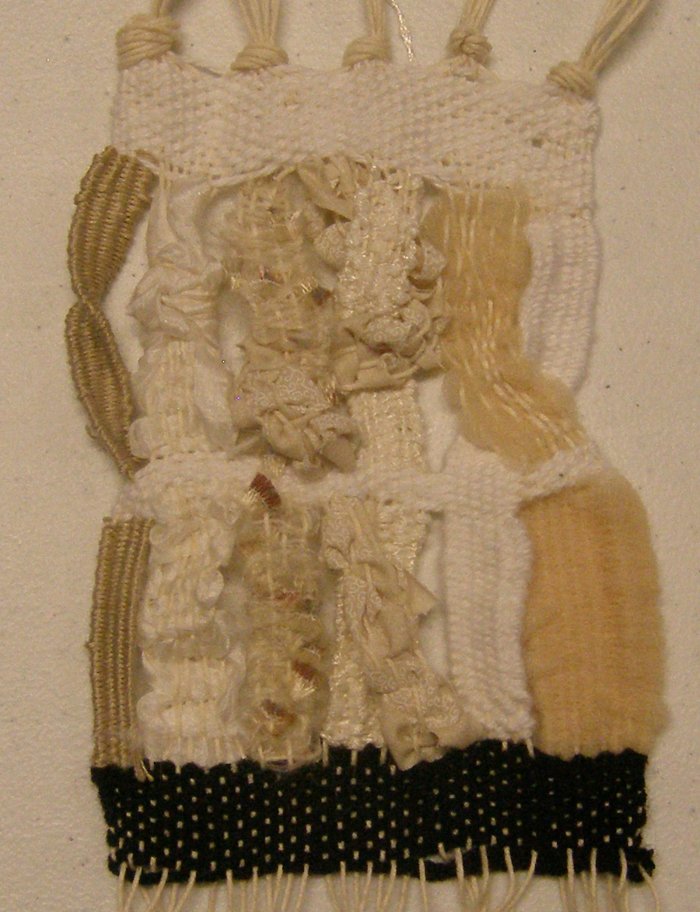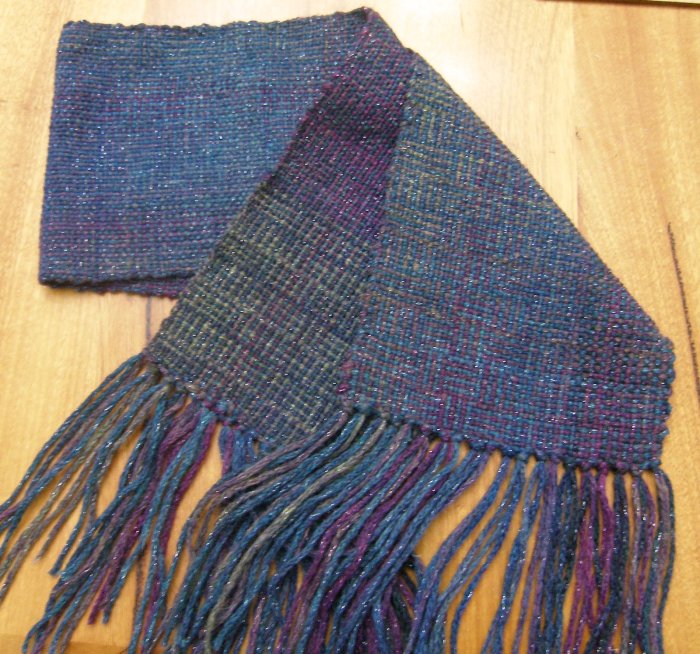This seems to have been the longest assignment so far but I think this is because of all the extra non-assignment work I did (sketchbook work, colour studies, theme book work) rather than the assignment itself. Looking back over my learning log I was quite surprised at just how much work I have done in this time.
For projects 8 and 9 I had my usual mixture of good and not so good results. I use the term ‘not so good” rather than “bad” as I feel I learn something from every sample even if I do not particularly like the piece itself. I enjoyed weaving as a whole, particularly with the non-standard materials even though these were harder to work with.
I tried to extend the scope of the course work by exploring the ideas further than required and, as with previous assignments, this has produced the work I have been most pleased with. The projects and assignments are acting as a springboard for the development of my own ideas and leading into my own explorations of the basic techniques which I think is movement in a positive direction.
Sketchbook
My sketchbook work during this assignment has focused on producing firmer, bolder marks rather than fine work. I have done a couple of field trips to do some work outside and this helped with the quick studies. I also found that changing to a darker pencil helped and now use a 3b or 4b rather than my previous preferred choice of H or F.
Colour studies
I have to admit that when I started these colour studies I regretted saying I would do them! I did not enjoy them but did find them valuable and eye opening in terms of my perceptions of colour. I learned a lot about hue, saturation and value and used the information on value to inform my choices in my last piece for Assignment 4 where I wanted to blur the boundaries between sea and sand with my choice of magazine pages.
Theme book
My theme book work concentrated on producing the mood boards based on colour, materials, form, composition and texture. This was so worthwhile and I enjoyed working on the boards as well as learning a lot from the process. The main learning points and decisions I have made are that my final piece is not going to be a giant scarab, ankh or any other symbol from Egyptian jewellery. I am not going to replicate a piece of jewellery either but am going to use some of my theme book work as it is intended to be used – as inspiration for a piece.
I have already progressed with my ideas for developing my final project as I have done a lot of reflection on the work done so far in the course and my theme book work. My current ideas are inspired by the sculptural work of Marjorie Schick, the Swan Bell Tower in Perth and the wings of the Scarab beetle so quite a combination!
Assessment criteria
Demonstration of technical and visual skills.
I thought my use of materials in project 8 was good with the weaving materials suited to the frames I was using giving balance to the pieces. I didn’t demonstrate very good technical skills with my use of materials for stage 4 of project 9 as I didn’t allow enough space in my design for the bulk of the fabric and cellophane that I was using. I counteracted this with good use of these skills in my additional woven piece from magazine pages. My compositional skills could still be improved with the balance of colours in different pieces.
Quality of outcome.
This assessment criteria covers content, application of knowledge, presentation of work in a coherent manner, discernment, conceptualisation of thoughts and communication of ideas. I believe that I have strong skills in all these areas as I am able to research each subject and apply that knowledge to the projects and I am able to present my work in a clear manner with accompanying thought processes set out at each stage.
Demonstration of creativity.
I feel that I am improving in this area but there is room for further development. I am experimenting more now than I did in the earlier assignments but have yet to show real imagination or invention.
Context.
The research points have been interesting to work on, particularly where they involve looking at the work of other artists. They are broadening my understanding of the context in which textile artists work and the variety of approaches that exist.


